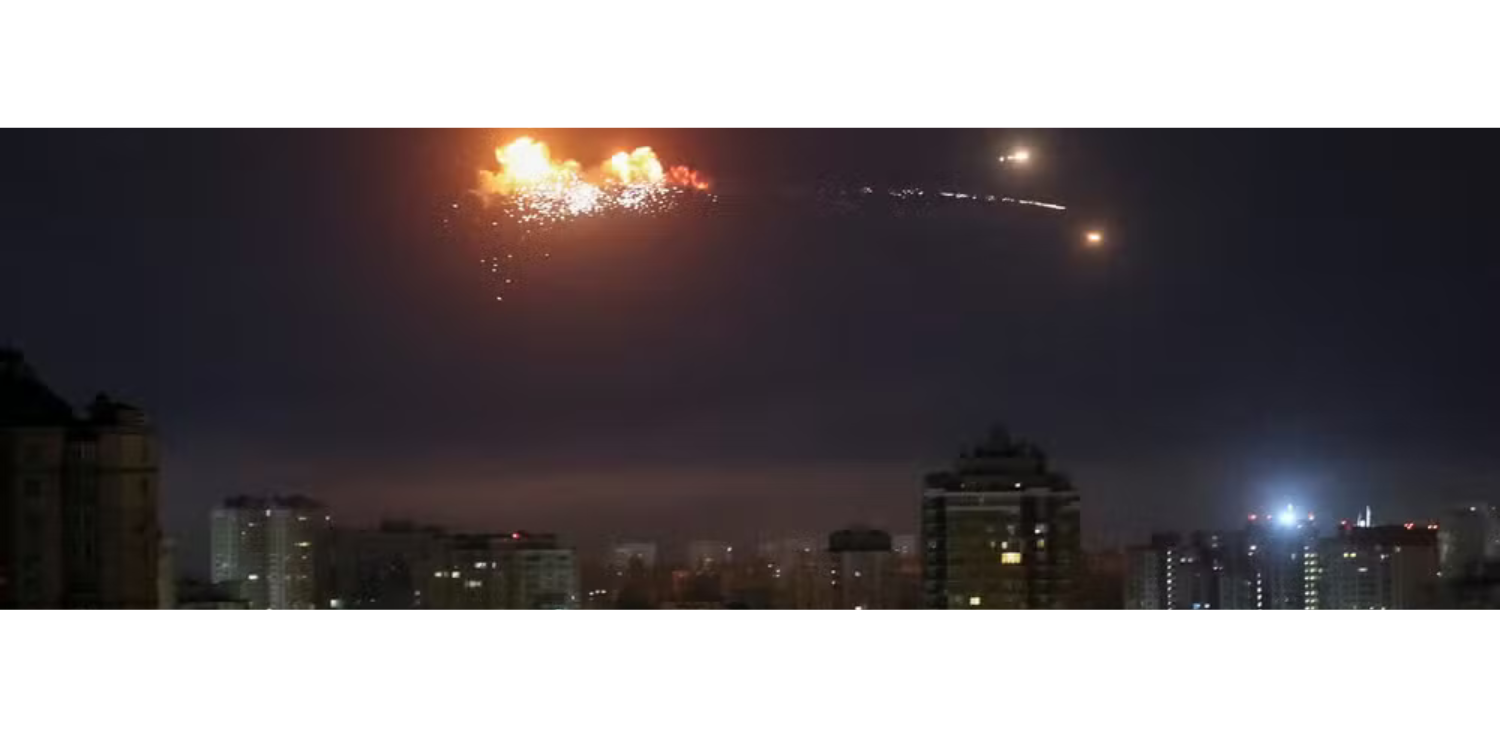As Russia faces major military setbacks, its army, under Putin’s orders, has launched a large-scale bombing campaign targeting civilian areas in Ukraine.
In early October, following a series of defeats in Kherson and eastern Ukraine, Russia acquired over 2,000 Shahed-136 drones from the Islamic Republic of Iran. Alongside these efforts, Russia is reportedly seeking ballistic missiles capable of carrying much larger explosive payloads than the drones currently in use.
These weapons have been deployed against civilian targets such as homes, hospitals, kindergartens, and, most critically, power plants, which are vital for providing collective heating to most Ukrainian households. Putin’s strategy appears aimed at freezing civilians this winter, a tactic that disproportionately affects the most vulnerable, including children and the elderly.
To defend against these bombings, which have incapacitated a third of Ukraine’s power plants in just one month, Ukraine relies on its remaining stock of aging Soviet-era air defense systems, with rapidly depleting ammunition. To support Ukraine’s defense, the United States has sent eight NASAMS systems, each with eight launchers, two of which are already deployed and protecting Kyiv with a range of 40 kilometers. Germany is deploying several IRIS-T systems with a 25-kilometer range, while France has contributed 3 to 4 of its 12 Crotale systems, effective within a 15-kilometer radius.
However, France possesses a far more advanced weapon: the MAMBA system with Aster 30 missiles, boasting cutting-edge technology and a range of 120 kilometers. Jointly operated by France and Italy, this system is the most effective air defense missile in Europe and one of the best worldwide. Delivering the MAMBA system to Ukraine would send a powerful message and potentially save the lives of thousands of children and civilians.









